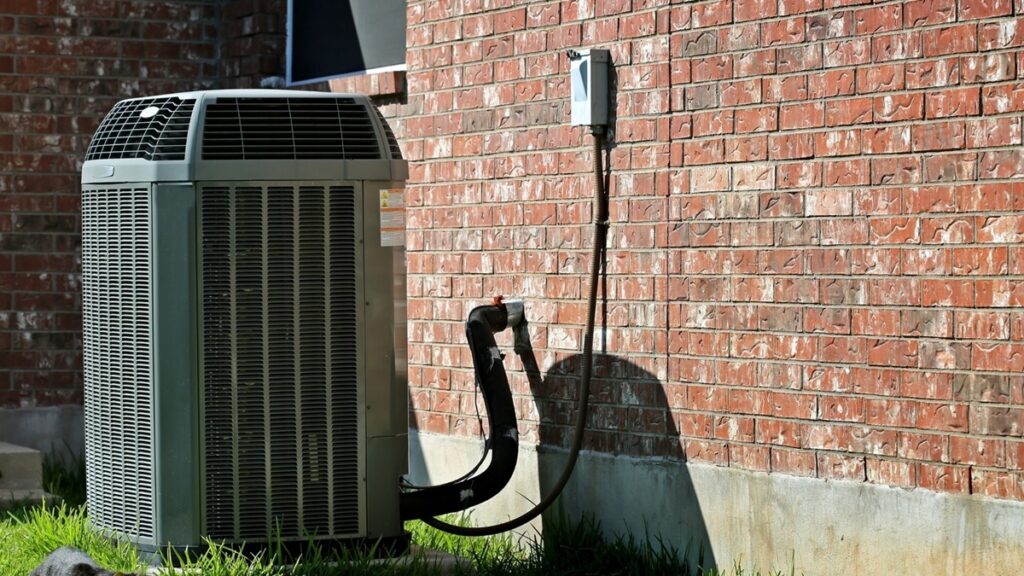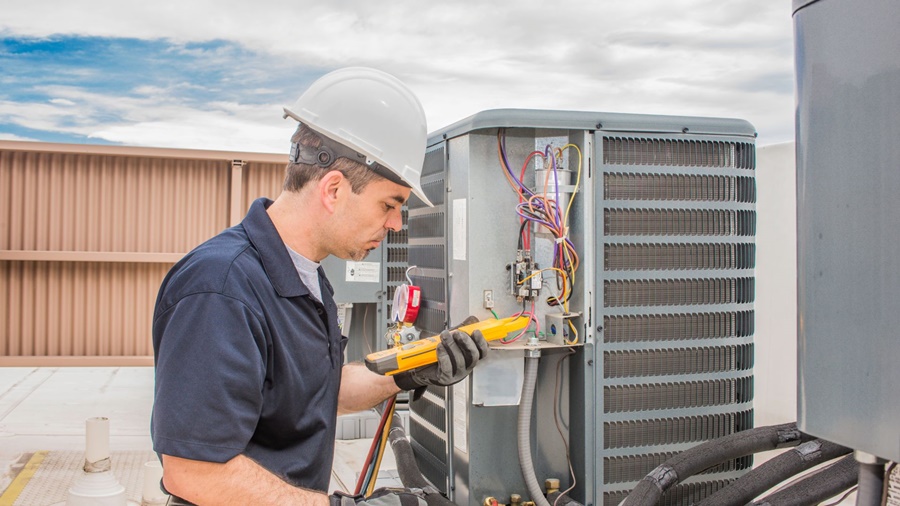The HVAC (Heating, Ventilation, and Air Conditioning) system is an essential part of your home’s climate control. Whether you’re coming back from a hot summer day or a chilly winter evening, the right temperature inside your home is crucial for comfort. Knowing how to turn on your HVAC system correctly ensures that your home remains cozy and the system operates efficiently. In this detailed guide, we’ll walk you through the process of turning on your HVAC system to maintain optimal comfort throughout the year.

Understanding Your HVAC System
Before turning on your HVAC system, it’s essential to have a basic understanding of its components and functionality. HVAC systems typically consist of the following:
1. Thermostat: The control unit that allows you to set your desired temperature.
2. Furnace: Provides heat during colder months.
3. Air Conditioning Unit: Cools the air during hot weather.
4. Air Ducts: Distribute air throughout your home.
5. Filters: Clean the air by trapping dust and allergens.
Knowing how each part functions helps ensure you make the right decisions when operating your system.
Step 1: Locate the Thermostat
The thermostat is the heart of your HVAC system, where you’ll control the temperature. In most modern homes, thermostats are either digital or programmable, offering a range of settings. It’s important to know where your thermostat is located so that you can adjust the temperature according to your preferences.
Digital Thermostats: These provide precise temperature control and usually feature a screen that displays the current setting.
Programmable Thermostats: These allow you to set different temperatures throughout the day, optimizing energy usage and comfort.
Check the Power Supply
Before attempting to turn on your HVAC system, ensure that the thermostat is powered. Some thermostats are powered by batteries, while others are connected directly to your electrical system. If the screen is blank, replace the batteries or check the circuit breaker.
Step 2: Choose Your Desired Mode
Once the thermostat is powered on, you’ll need to select the appropriate mode for your needs. Most thermostats offer at least three modes: Heating, Cooling, and Off.
Heating Mode: Select this mode when the weather turns cold and you need warmth in your home. The furnace will kick in, and warm air will be distributed through the air ducts.
Cooling Mode: When the temperature outside rises, you can set your HVAC system to cooling mode, activating the air conditioning unit to reduce indoor temperatures.
Off Mode: Use this setting when you don’t need any heating or cooling. This is also useful when performing maintenance or servicing the system.
Make sure that the thermostat is set to either Heating or Cooling depending on the season. If you’re unsure, most thermostats have a simple “mode” button that lets you cycle through the different options.
Step 3: Adjust the Temperature Setting
Once you’ve selected the mode, the next step is to adjust the temperature. It’s essential to set a comfortable temperature that balances energy efficiency and comfort. Most people set their thermostat to 72°F (22°C) during the day, but you can adjust this based on your personal preferences.
For Heating: Set the thermostat to a comfortable indoor temperature, typically between 68°F and 72°F (20°C to 22°C).
For Cooling: During hot weather, it’s recommended to set the thermostat around 78°F (25°C) to maintain comfort without overworking the air conditioning unit.
To ensure that the system runs efficiently, avoid setting the temperature too high or too low, as this can strain the system and lead to higher energy consumption.
Step 4: Turn On the HVAC System
Once you’ve selected the mode and adjusted the temperature, it’s time to turn on your HVAC system. This can typically be done with the press of a button on your thermostat. For digital models, look for the “On” button or switch the system from “Off” to “Heat” or “Cool” mode.
What to Expect After Turning It On
Heating: If you’re using the heating mode, you should feel warm air within minutes, depending on the size of your home and the efficiency of your HVAC system. The furnace will begin running, and air will flow through the vents.
Cooling: When cooling, the air conditioning unit will activate, circulating cool air through your home. It may take a bit longer to feel the temperature drop, especially if the system hasn’t been running for a while.
If the system doesn’t start, check the circuit breakers to ensure that the HVAC unit has power. Additionally, make sure that the system’s air filters are clean, as clogged filters can restrict airflow and hinder performance.
Step 5: Monitor and Adjust Settings as Needed
Once your HVAC system is running, it’s essential to monitor its performance. If the system isn’t heating or cooling as expected, there may be an issue that requires troubleshooting.
Common Issues to Watch For
Strange Noises: Unusual sounds like grinding or squealing may indicate a mechanical issue or an obstructed fan.
Inconsistent Temperature: If the air is not reaching the set temperature, it could be due to an issue with the thermostat calibration or an airflow blockage.
Airflow Problems: If the air doesn’t seem to be flowing through the vents correctly, check the filters for dirt or debris.
If you notice any of these issues, consult a professional HVAC technician to inspect and service the system.
Step 6: Regular Maintenance for Optimal Performance
To ensure that your HVAC system continues to function efficiently, regular maintenance is essential. Here are some key maintenance tasks to keep in mind:
Change the Air Filters Regularly: Dirty filters can reduce airflow and strain the system, leading to higher energy bills.
Clean the Vents: Dust and debris can accumulate in the air vents, so it’s important to clean them regularly.
Schedule Professional Maintenance: A licensed HVAC technician can inspect and clean the system, ensuring that it’s running smoothly. This is typically done twice a year—once before the summer cooling season and once before the winter heating season.
By performing regular maintenance and monitoring the performance of your HVAC system, you can ensure long-term comfort and efficiency.
Conclusion
Turning on your HVAC system correctly is a straightforward process, but knowing the steps ensures that the system operates effectively, providing optimal comfort for you and your family. Whether you’re heating your home during the cold months or cooling it down in the heat of summer, maintaining a comfortable indoor environment is essential for your well-being.
